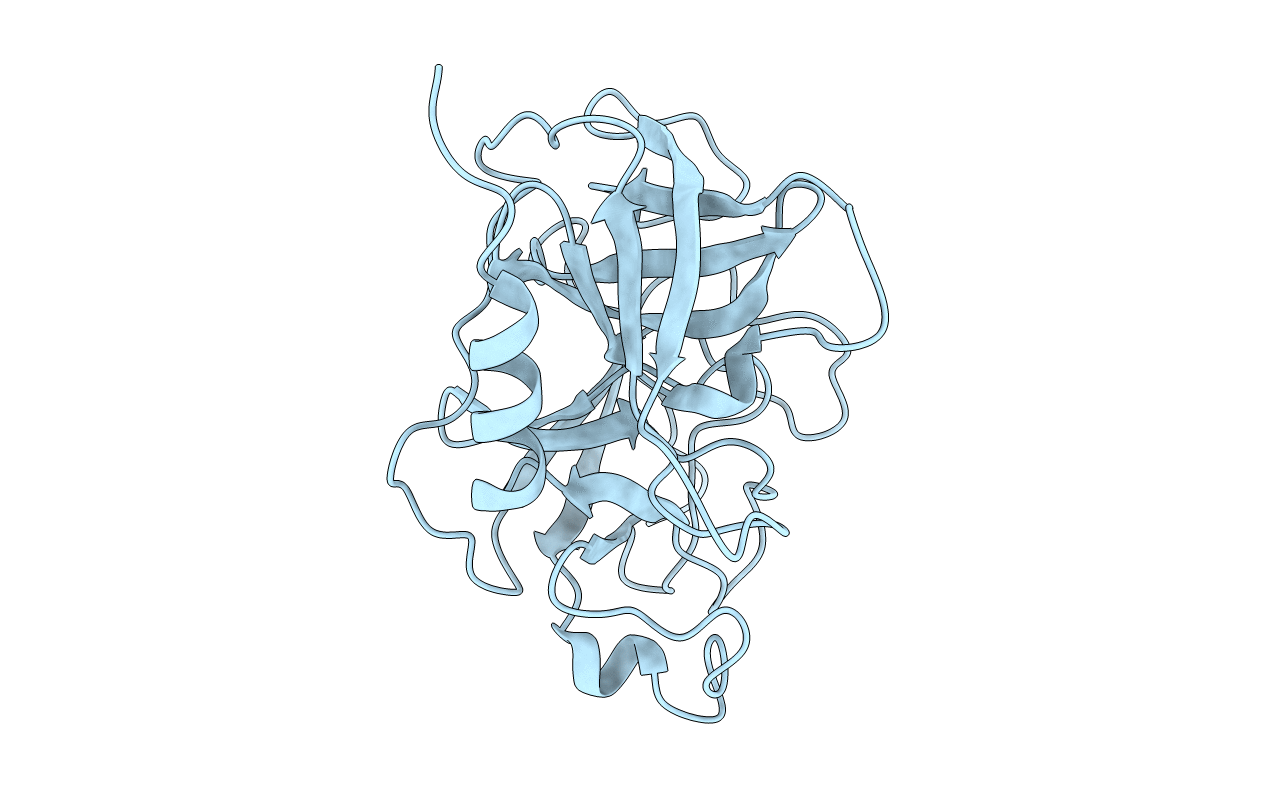
Deposition Date
2002-10-07
Release Date
2003-01-14
Last Version Date
2024-11-13
Method Details:
Experimental Method:
Resolution:
2.23 Å
R-Value Free:
0.26
R-Value Work:
0.23
R-Value Observed:
0.24
Space Group:
P 21 21 21


